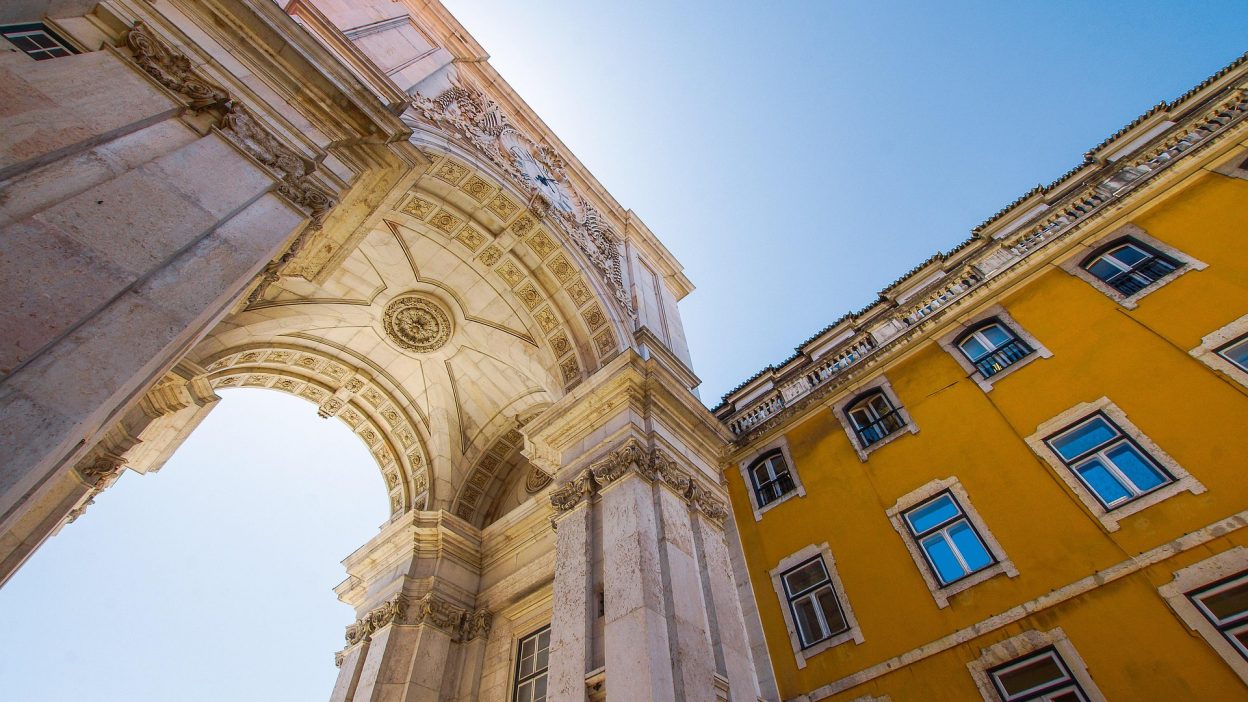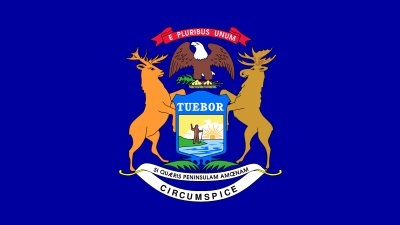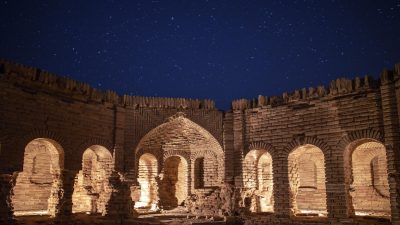The Day Portugal’s Glory Was Swallowed By Fire And Water
1. The Disaster That Redefined Europe’s Fate
On 1st November 1755, an apocalyptic catastrophe struck Lisbon, Portugal, shaking not just the earth beneath its citizens but also the very foundations of European thought and governance. A massive earthquake, estimated at a magnitude of 8.5 to 9.0, tore through the city in the early hours of All Saints’ Day, a day when churches were packed with worshippers. Within minutes, buildings crumbled, fires erupted, and a deadly tsunami swallowed thousands.
This was not just another natural disaster—it was an event that triggered philosophical, political, and scientific debates across Europe. Could such destruction be a divine punishment? Or was it simply nature’s wrath at its worst? The 1755 Lisbon Earthquake remains one of the deadliest and most politically significant disasters in human history, leaving behind a legacy of destruction, enlightenment, and revolution.
2. The Unstoppable Chain of Destruction
The catastrophe didn’t strike in a single wave—it unfolded in three deadly phases.
First came the earthquake itself, shaking the city for several minutes, causing immediate devastation as entire buildings collapsed. The tremors were so powerful that they were felt as far as North Africa, France, and even the Caribbean.
The second phase was fire. As terrified citizens sought refuge, candles, lamps, and overturned stoves sparked an inferno that raged uncontrollably for five days, reducing much of Lisbon to ashes.
Finally, the third and most shocking blow—the tsunami. As the sea mysteriously withdrew from Lisbon’s harbour, thousands of curious onlookers rushed forward, only to be swallowed when massive waves up to 30 metres high crashed onto the city’s shore, dragging entire buildings and people out to sea.
3. Death Toll and Devastation: The Chilling Numbers
- Casualties: Estimates suggest between 30,000 to 50,000 deaths, making it one of the deadliest earthquakes in history.
- Structural Damage: Around 85% of Lisbon was destroyed, including palaces, libraries, churches, and homes.
- Tsunami Impact: The waves reached as far as the Caribbean, destroying coastal settlements.
- Financial Cost: The economic loss was catastrophic—equivalent to billions in today’s currency, plunging Portugal into a financial crisis.
- Cultural Loss: Priceless historical records, manuscripts, and artworks were obliterated, forever erasing pieces of Portugal’s rich heritage.
4. A Nation in Ruins: The Aftermath and Chaos
The days and weeks following the earthquake were marked by lawlessness, famine, and fear. Survivors searched desperately for food, clean water, and shelter, while criminals looted whatever was left standing. The fires smouldering through the city only worsened the situation.
King Joseph I of Portugal and his royal court fled to the countryside, deeply shaken by the catastrophe. Left to handle the crisis was his powerful minister, Sebastião de Melo (Marquis of Pombal), who immediately enforced order through martial law. With an iron fist, he instructed soldiers to shoot looters on sight, restoring some semblance of control amidst the devastation.
5. Tsunamis Beyond Lisbon: The Global Ripple Effect
The massive waves triggered by the earthquake didn’t just devastate Lisbon—they wreaked havoc across the Atlantic.
- Spain: Cadiz was heavily damaged, with thousands killed by the 10-metre-high tsunami.
- Morocco: Coastal towns were obliterated, and 10,000 people lost their lives.
- Caribbean: The shockwaves reached as far as Barbados and Antigua, proving the sheer scale of the disaster.
This was one of the first earthquakes to have global consequences, raising urgent questions about the power of nature and humanity’s vulnerability.
6. Religious and Philosophical Shockwaves
The 1755 Lisbon Earthquake didn’t just destroy a city—it shattered belief systems.
The disaster struck on All Saints’ Day, a highly religious occasion when churches were filled with worshippers. Yet, it was the churches that crumbled first, while brothels and taverns remained standing. This led to a crisis of faith across Europe. How could a merciful God allow such destruction? Was this truly divine wrath, or was there another explanation?
Philosophers like Voltaire were deeply disturbed. His famous work, Candide, mocked the idea that “all is for the best” in a world where such horror could unfold. The earthquake became a turning point in European thought, pushing society towards rationalism and early seismology instead of blind faith.
7. Lessons in Engineering: The Birth of Earthquake-Resistant Cities
- First Modern Seismology: The Lisbon disaster led to the earliest scientific attempts to study earthquakes.
- New Urban Planning: Marquis of Pombal redesigned Lisbon with wide streets and open squares to prevent future destruction.
- Earthquake-Resistant Buildings: The “Pombaline structures” were among the first to be tested against artificial tremors.
- Global Influence: Lisbon’s new design inspired earthquake-resistant architecture worldwide.
8. Political Upheaval: How the Disaster Reshaped Portugal
The earthquake altered Portugal’s political landscape forever. The royal family’s failure to respond effectively led to a shift in power towards Sebastião de Melo, who transformed Portugal into a more secular and scientifically driven state.
However, the church did not surrender its power easily. Many religious leaders argued that Lisbon’s destruction was divine punishment for the city’s sins, fuelling mass hysteria and worsening social divides.
9. Could Lisbon’s Nightmare Happen Again?
Geologists warn that another massive earthquake in the same region is not only possible—it is inevitable. The Azores-Gibraltar Fault Zone, which caused the 1755 disaster, remains highly active. A modern earthquake of similar magnitude could wipe out entire coastal cities across Portugal, Spain, and Morocco.
With today’s global population far higher than in 1755, the potential for devastation is even greater. Is the world ready for another Lisbon-level catastrophe?
10. The Earthquake That Changed the World
The 1755 Lisbon Earthquake wasn’t just a natural disaster—it was a cultural, scientific, and political revolution. It changed the way humanity saw natural disasters, pushed Europe towards rational thinking, and laid the foundations for modern seismology.
The scars of Lisbon’s tragedy still exist, both in the city’s architecture and in the memory of one of the most devastating earthquakes in history.
FAQs
1. How many people died in the 1755 Lisbon Earthquake?
Between 30,000 and 50,000 people perished due to the earthquake, tsunami, and subsequent fires.
2. How powerful was the earthquake?
It is estimated to have had a magnitude between 8.5 and 9.0, making it one of the most powerful earthquakes recorded.
3. Did the earthquake affect other countries?
Yes, it caused a tsunami that hit Spain, Morocco, and the Caribbean, leading to thousands of additional deaths.
4. How did Portugal rebuild after the disaster?
The Marquis of Pombal led the reconstruction with earthquake-resistant designs, shaping modern urban planning.5. Could another Lisbon earthquake happen today?
Yes, the tectonic activity in the Azores-Gibraltar Fault Zone suggests a future disaster is highly possible.




